If you're living in an area where winters can get brutally cold, auxiliary heat is a must. But how will you know if your heat pump already comes with one? We asked the experts about it and here's their answer.
You can tell that your heat pump has auxiliary heat by looking at your thermostat. If there is an "AUX" or "EM" setting, then it means you have a secondary heating system.
Continue reading to know more about this backup heat source and how to know if you have one. We'll also tell you how a heat pump works. This article will also answer if a heat pump will work even without auxiliary heat, if this mechanism turns on automatically, and if auxiliary heat and emergency heat are the same. Let's get started!
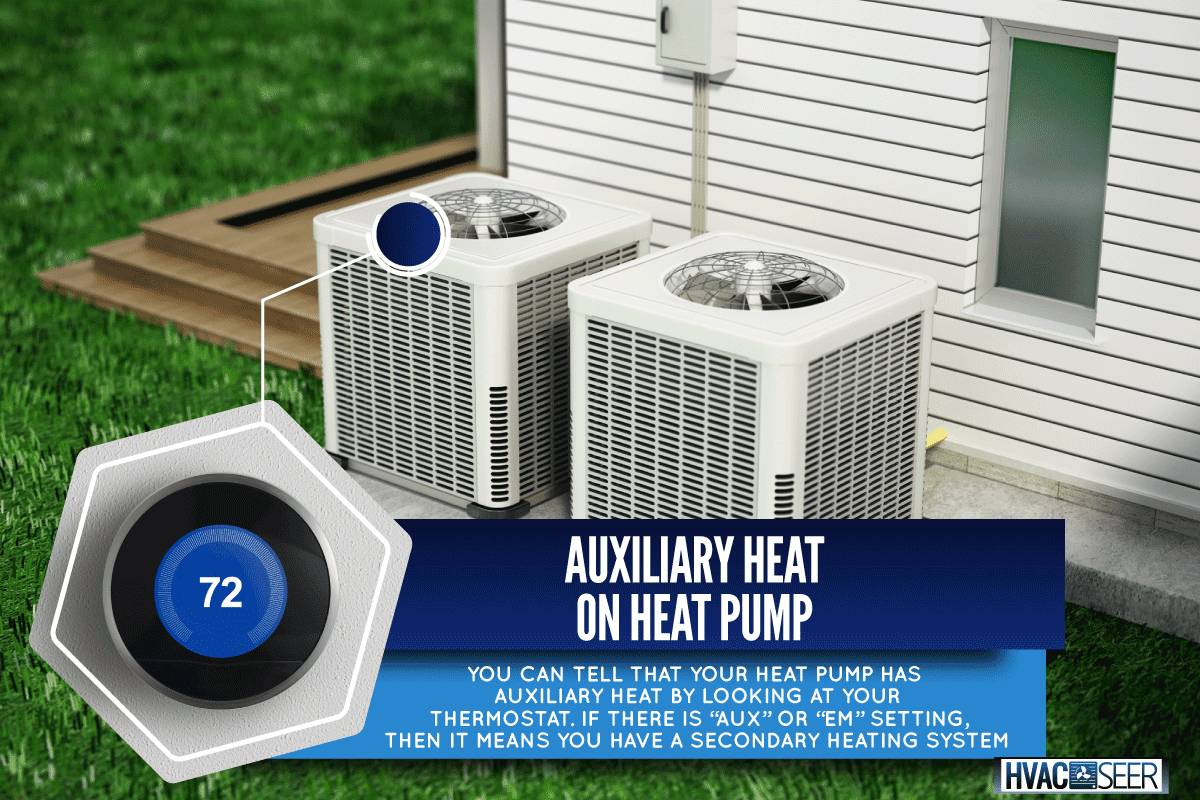
Does your heat pump have auxiliary heat?
A heat pump is a part of the HVAC system that can move the heat from the outside to the inside of your house and vice versa to heat or cool your home as needed.
For it to be able to provide you with a warm and cozy temperature during chilly weather, it has to be able to absorb some heat energy outside so that it can pump warm air through the vents inside your home. The problem is when you experience freezing temperatures and there's simply a lack of heat energy in the outside air. The heat pump won't be able to perform its function.
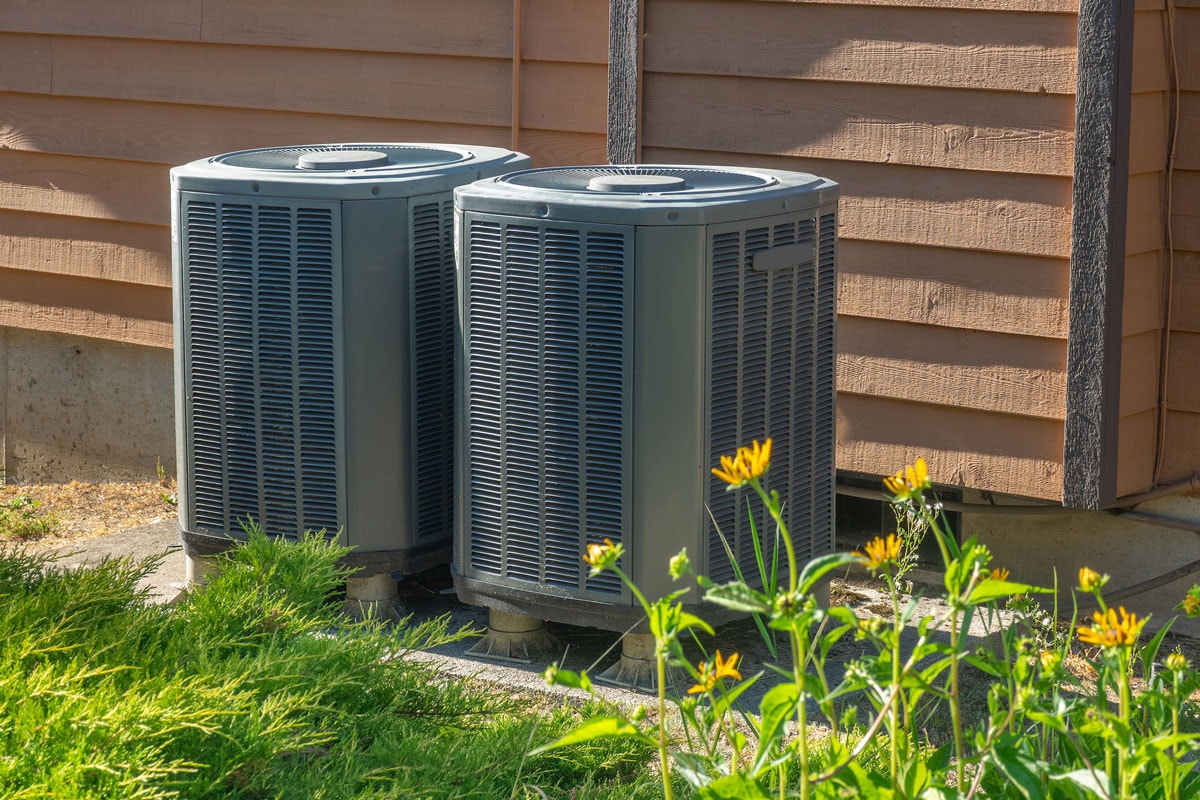
That's when auxiliary heat comes in. From the term itself, it is a secondary or backup heat source in case your heat pump can't do its job. If your heat pump has one, it'll automatically turn on once the main heat source isn't capable of providing the desired temperature inside the house.
Heat Pumps With or Without Auxiliary Heat
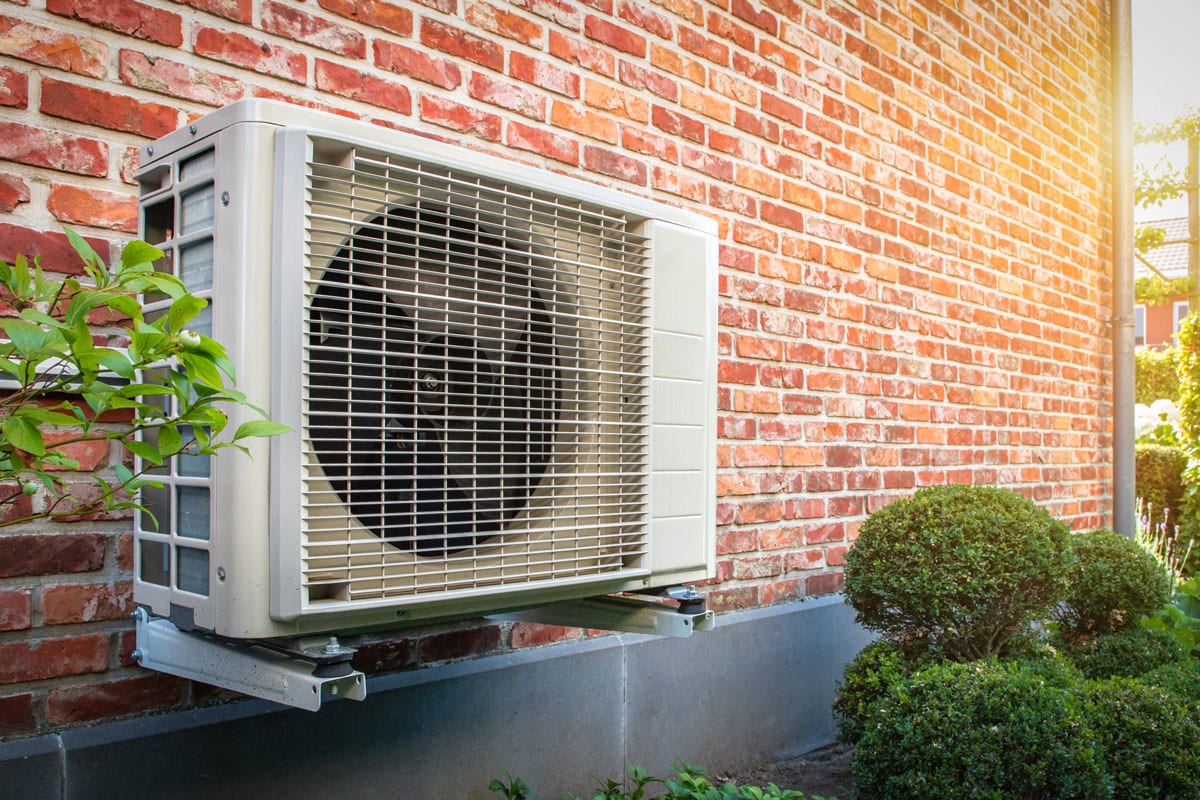
The auxiliary heat is made up of electric strips that are located inside the heat pump's air handler side. It uses electricity to be able to generate heat and give warmth to your home. But since it's only a backup heat source, it is not designed to be the main heating system for the entire house and when it is in use, it uses a lot of electricity to keep your home warm.
The thing is, not all heat pumps come with auxiliary heat. In some places where the climate is milder, they don't need a backup heat source since their winters don't get too cold. That's why heat pump manufacturers give buyers the option to buy this appliance with or without a backup heat source.
Aside from the additional upfront cost, the auxiliary heat can also increase your electric bills when in use since it consumes too much electricity to generate the required heat. These are the main reasons why people may opt to have a heat pump without auxiliary heat.
That's why it's understandable for some people to wonder if the heat pump comes with a backup heat system or not, especially if they're new to the house and not yet familiar with its HVAC system.
The only way to find out if the heat pump comes with auxiliary heat is for you to look at the thermostat. If it comes with an "AUX" or "EM" setting, it means that the unit has a secondary heat source. When the temperature drops, you will also see "AUX" on the thermostat screen which means that it has automatically started to supplement your heating needs.
Will a heat pump work without auxiliary heat?
Some homeowners are worried upon finding out that their heat pumps do not have a backup heating system. They think that the heat pump won't work properly when it lacks this component.
Heat pumps will work just fine even without a secondary heating system. That's some heat pumps have been specifically designed not to have an integrated auxiliary heat, especially for those living in areas with hot climates.
Auxiliary heat is not meant to be your home's main heating system. Aside from lacking capacity, it will also cause your electric bill to soar since it is not energy-efficient.
But if ever you need a backup heating system, there are many options out there. You can get a portable space heater or put wood in the fireplace. There are also electric fireplaces that you can buy which would also add charm to your interiors. You can also have other heating systems installed in your home and you can choose if they would be powered by natural gas or oil if you're worried about your electric bill.
Check out this electric fireplace on Amazon.
How does a heat pump work?
Does a heat pump automatically switch to auxiliary heat?
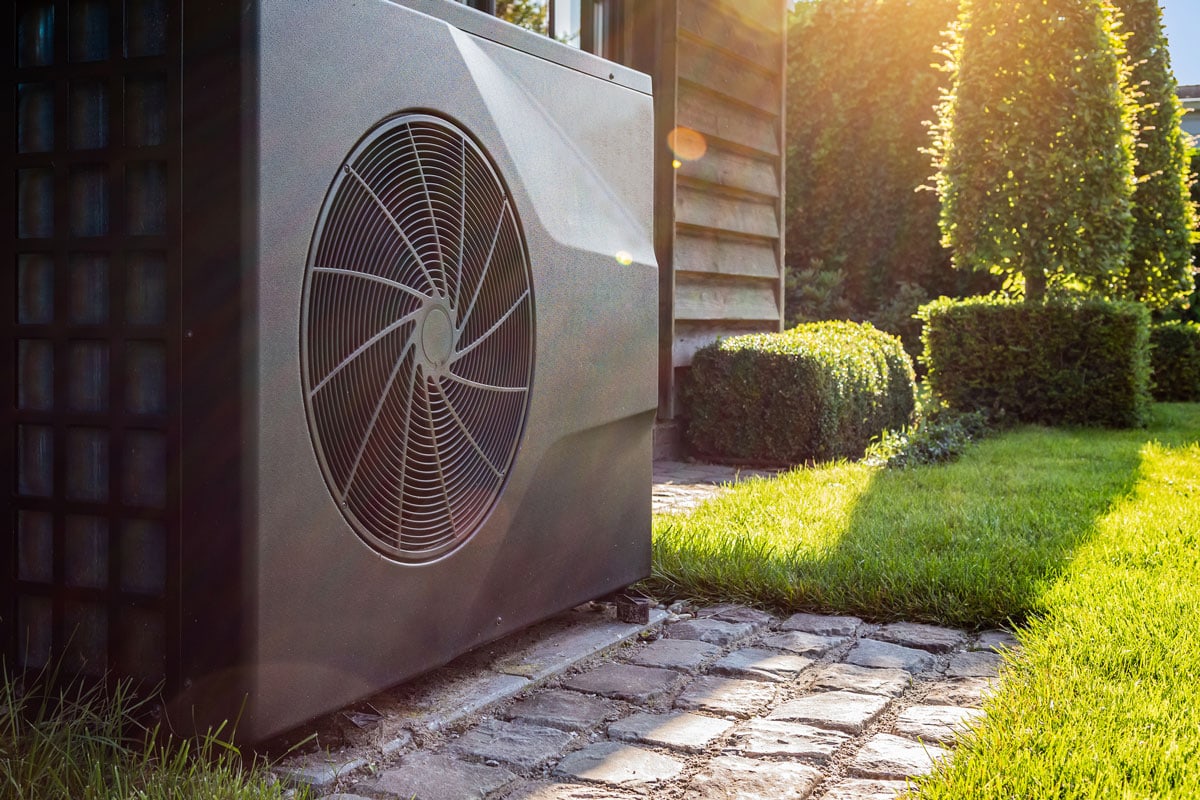
The short answer to this question is yes, it should automatically switch to auxiliary heat when the heat pump can no longer efficiently provide the desired temperature due to freezing temperatures outside. Most backup heat systems kick on when the outside temperature drops to around 35 to 40 degrees Fahrenheit and the indoor temperature is 3 degrees colder than the programmed thermostat setting.
In this situation, it is obvious that the main heating system could not provide the comfortable warmth that homeowners seek to have. This is because the heat pump could hardly draw any heat outside which necessitates the assistance of the auxiliary heating mechanism.
The auxiliary heat will also automatically turn off when the temperature outside rises enough for the heat pump to work again.
Users can also manually turn on the auxiliary heat by choosing the emergency heat setting in their thermostat. This is done when the heat pump is broken and needs to be repaired. Another emergency case that warrants its use is when the heat pump is frozen.
And since you have activated the backup heating system, remember to turn it off once the heat pump is up and running again so that you won't consume too much electricity.
Is AUX heat and emergency heat the same?
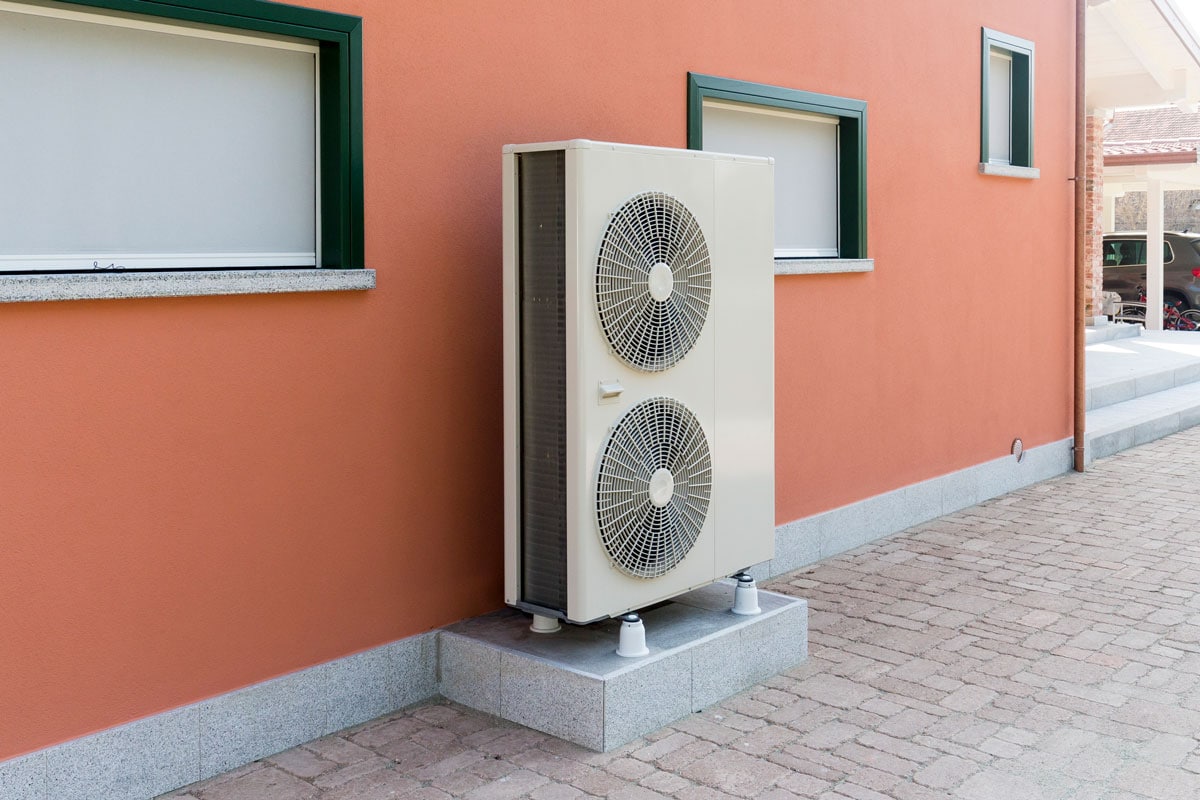
Final Thoughts
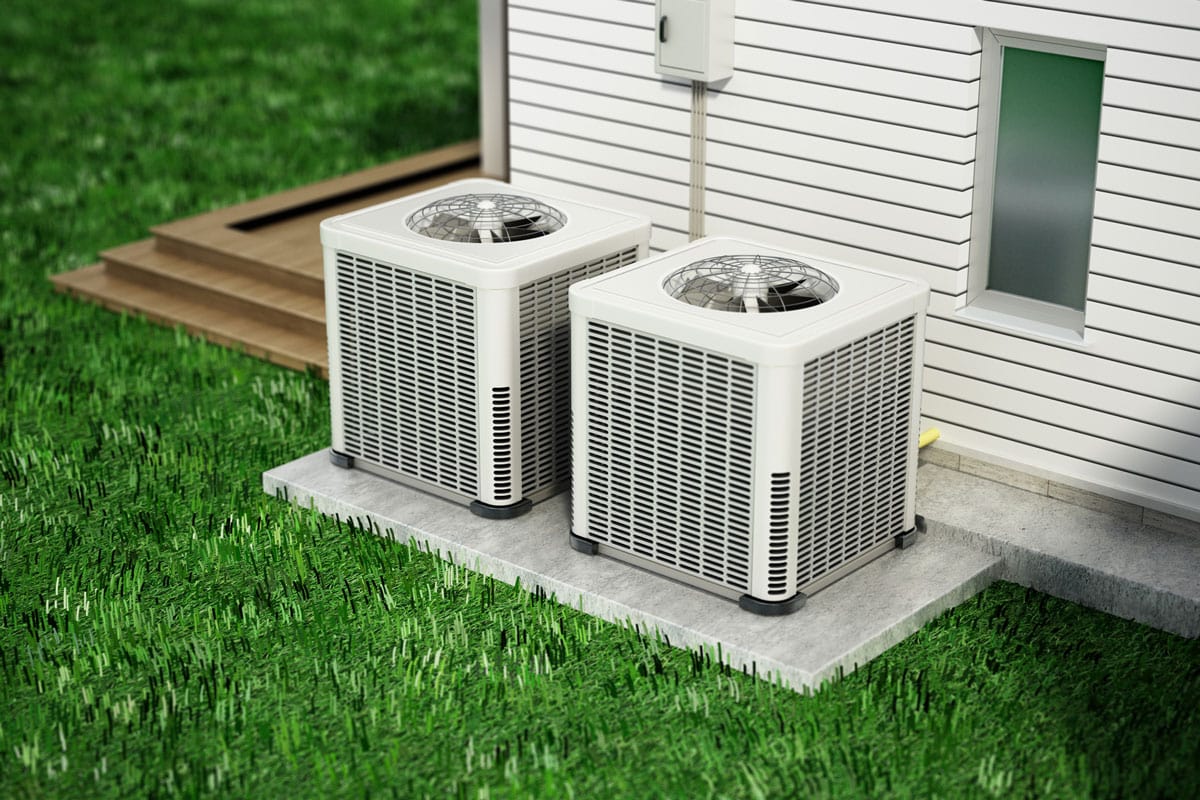
Go check your thermostat if there's an AUX or EM setting to know if you have auxiliary heat in your heat pump. If there's none and you live in a place known for having cold winters, you'd better look for other ways to back up your main heating system.
To know more about heat pump maintenance, you can check out the following posts:
Heat Pump Makes Loud Noise When Turning Off – Is This Ok?
Heat Pump Not Defrosting – What To Do?

